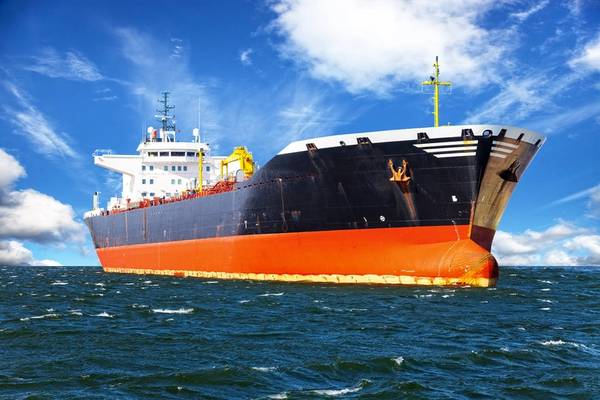Venezuela's Oil Exports Fall After US Imposes More Tariffs
Apr 1, 2025

© Nightman1965 / Adobe Stock
Venezuela's exports of crude oil and fuel fell 11.5% in March as Washington's imposition of secondary tariffs and the cancellation of key licenses to operate in the U.S.-sanctioned energy sector led to delays and cargo suspensions, according to ship tracking data and documents.
U.S. President Donald Trump's administration last week announced a 25% tariff to buyers of Venezuelan crude and gas, which will begin this week, and notified foreign partners of state-run oil company PDVSA it would revoke the authorizations it had granted to operate and export from the OPEC country.
The measures followed the suspension of a key license for U.S. Chevron to produce oil in Venezuela and export it to the United States, which last year was the second largest market for Venezuela's crude. The Treasury Department set May 27 as the deadline for the companies to wind down operations and exports.
Regular buyers of Venezuelan crude in China and India have suspended some cargoes for late March and April loading following the announcements.
In total, 42 vessels departed Venezuelan waters in March carrying 804,677 barrels per day of crude and fuel, and 341,000 metric tons of oil byproducts and petrochemicals, according to the data and internal PDVSA documents.
The March average was 7.8% below exports in the same month of 2024 and the lowest since December.
China was again the largest receiver of Venezuelan crude in March with 483,700 bpd, followed by the U.S. with 210,700 bpd, India with 60,160 bpd and Cuba with 50,130 bpd.
There were no crude exports to Europe last month. However, some European partners of PDVSA are scheduling and loading what could be their last cargoes before the end of the wind-down period, the documents showed.
Two vessels have left Venezuelan waters without loading since February as Trump's pressure over the South American country has increased and Washington accused President Nicolas Maduro's administration of not doing enough to curb illegal migration to the U.S.
Other tankers accumulate weeks near Venezuelan ports even after receiving PDVSA's authorization to load as many customers and ship owners wait to see how Trump's administration will apply the secondary tariffs.
More than 80 vessels were in or near Venezuelan waters this week, of which 35 were laden but have not left, according to satellite images analyzed by monitoring service Tankertrackers.com.
If sustained, the U.S. measures are expected to hit Venezuela's main source of revenue in coming months as happened in 2020 when the U.S. imposed secondary energy sanctions on the country, experts have said.
But the nation could also find new ways to allocate its crude in Asia through third countries and trans-shipments at sea, a work-around solution other sanctioned oil producers and Venezuela have resorted to in recent years.
(Reuters - Reporting by Marianna Parraga; Editing by Leslie Adler and Alistair Bell)
Cargo
crude oil
Oil Tankers